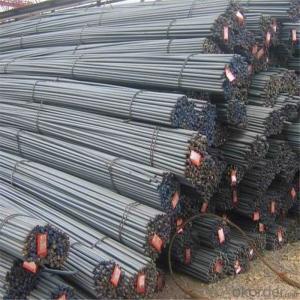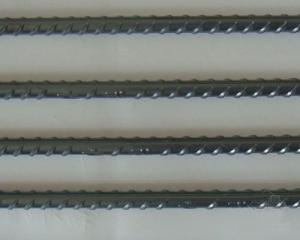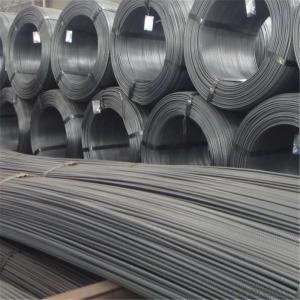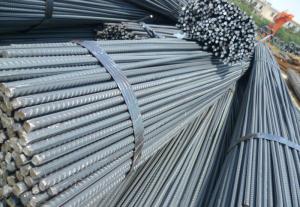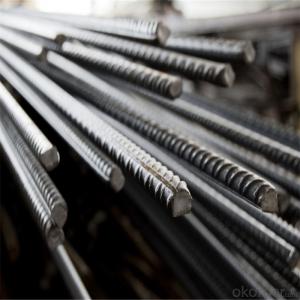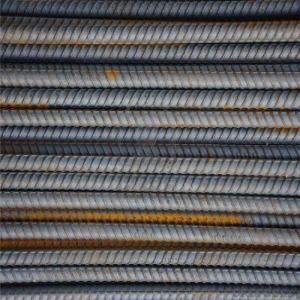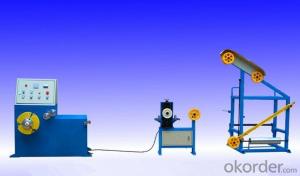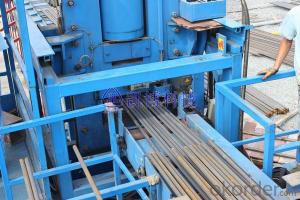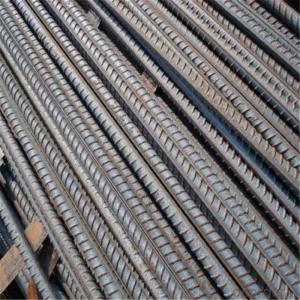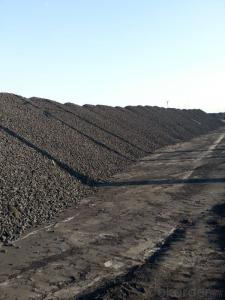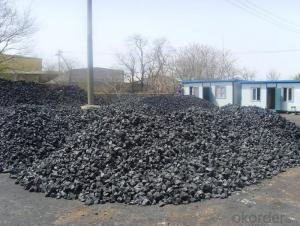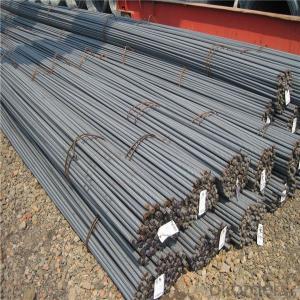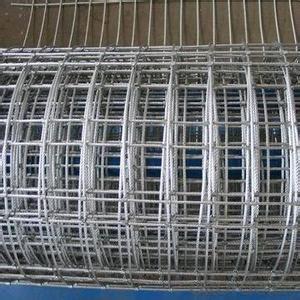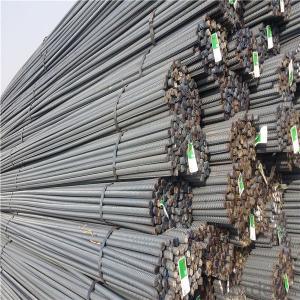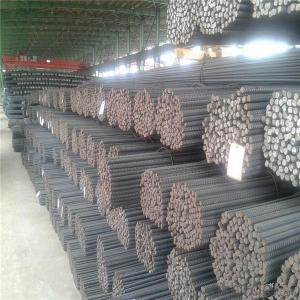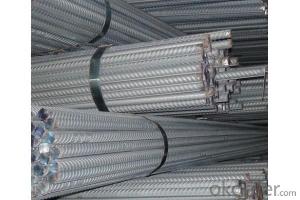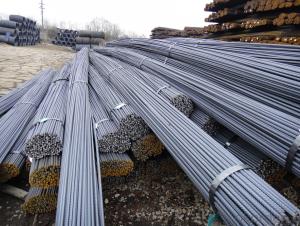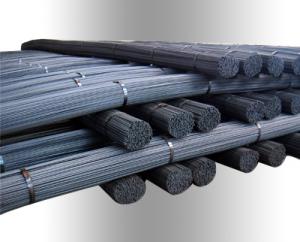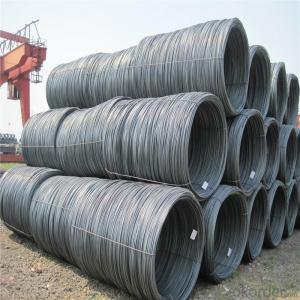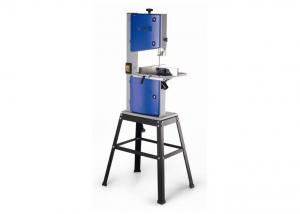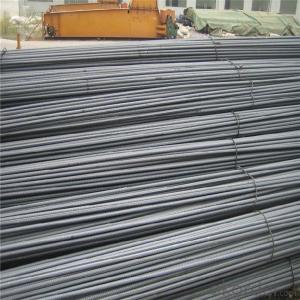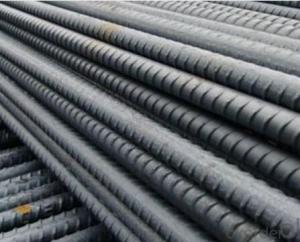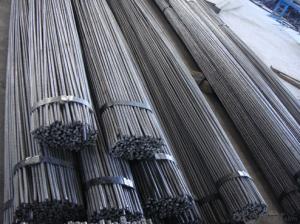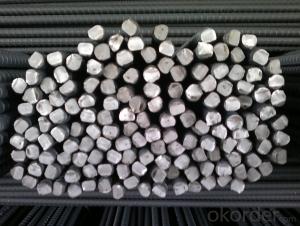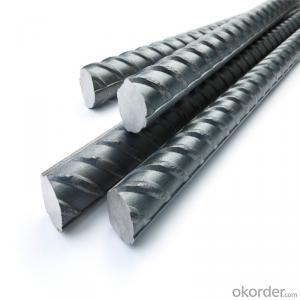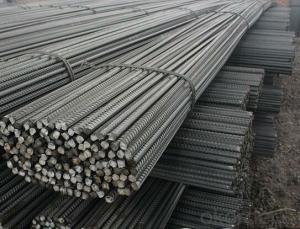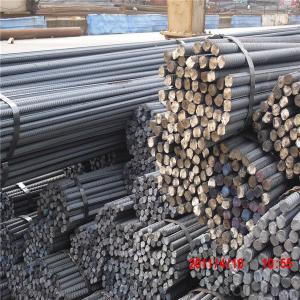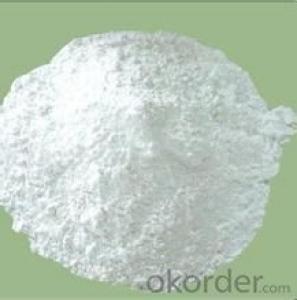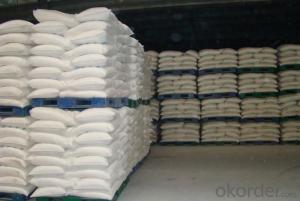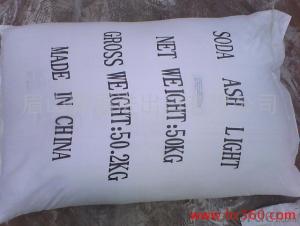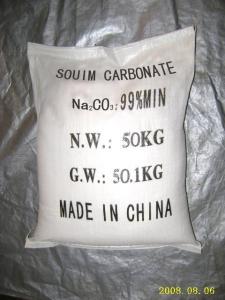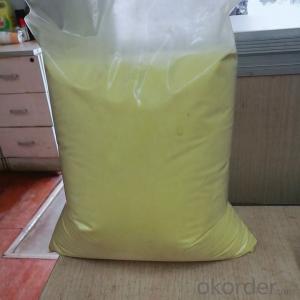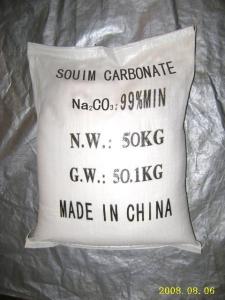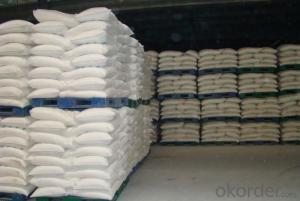Rebar 10Mm
Rebar 10Mm Related Searches
T10 Rebar 30M Rebar Ss Rebar Rebar Lengths Standard Rebar Coil 18J Rebar 10mm Aluminum Plate Aluminum Plate 10mm Rebar Identification 10mm Thick Aluminum Plate Grade 80 Rebar Frp Rebar Rebar Tensile Strength Rebar Stirrups Y16 Rebar Gfrp Rebar Astm A615 Grade 60 Rebar Blue Steel Rebar Billet Rebar 10 Gauge Aluminum Plate When Was Rebar Invented Billet Steel Rebar Re Bars G10 Density 1018 Cold Rolled Steel P1020 Aluminum Gu10 Mini Led 35Mm Density Of G10 Led Mr11 Gu10 Sticky LubricantRebar 10Mm Supplier & Manufacturer from China
Rebar 10Mm, also known as reinforcing steel bar, is a key component in the construction industry, used for providing structural integrity to concrete structures. This specific product, with a diameter of 10 millimeters, is designed to enhance the strength and durability of various construction projects, from residential buildings to large-scale infrastructure developments. Rebar 10Mm is widely utilized in applications such as concrete reinforcement, earthquake-resistant structures, and load-bearing elements, ensuring that the built environment remains safe and stable. As a result, it plays a crucial role in the overall performance and longevity of these structures.Okorder.com is a leading wholesale supplier of Rebar 10Mm, offering a vast inventory that caters to the diverse needs of the construction market. With a strong commitment to quality and customer satisfaction, Okorder.com ensures that the Rebar 10Mm products they provide meet the highest industry standards. This extensive inventory allows contractors and construction companies to source the necessary materials efficiently, streamlining their projects and ensuring timely completion. By partnering with Okorder.com, customers can rely on a consistent supply of Rebar 10Mm, contributing to the successful execution of their construction endeavors.
Hot Products
